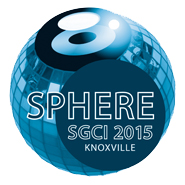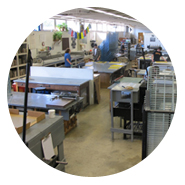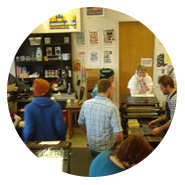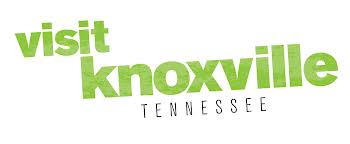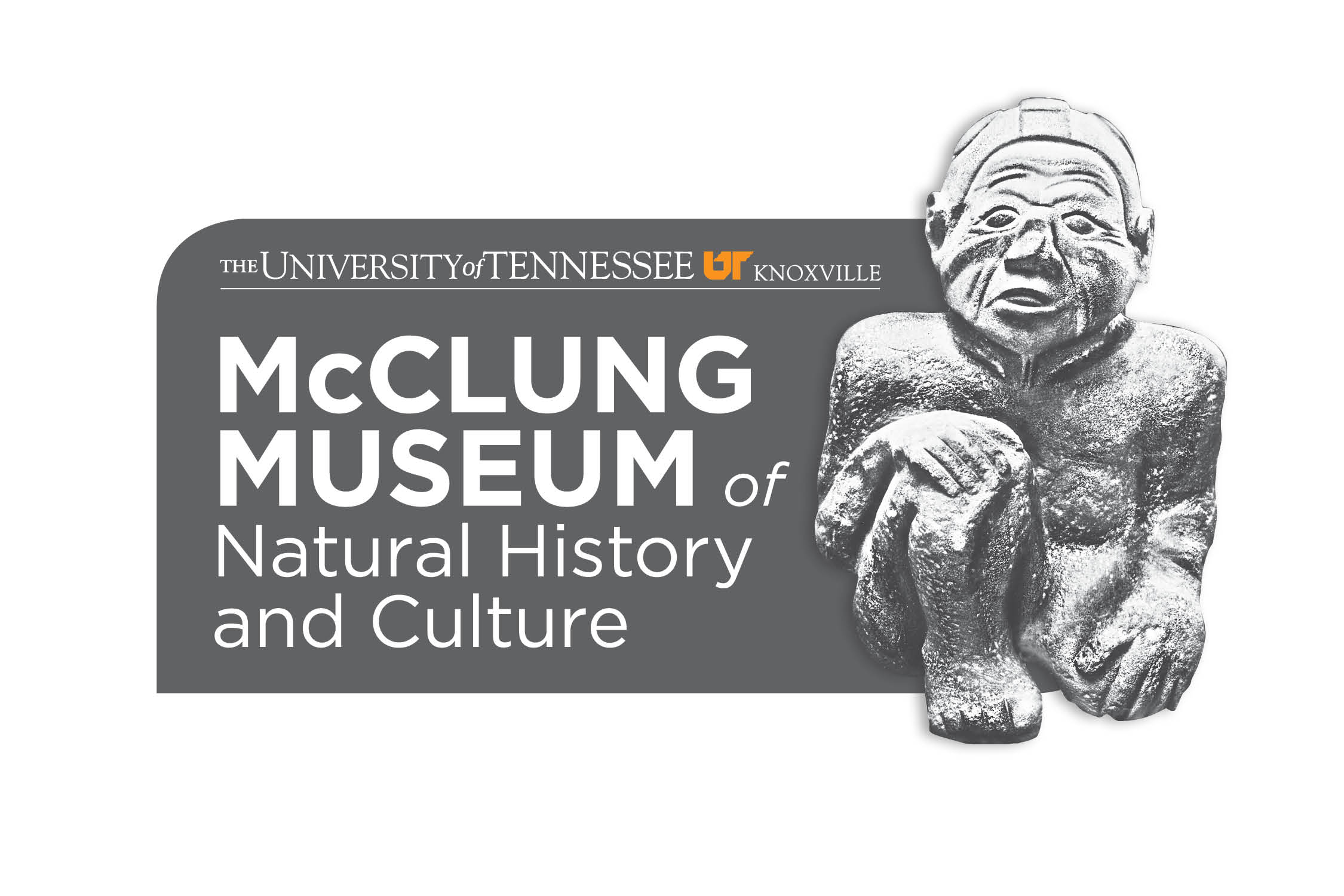sgci board sponsored
education panel session E1
LESSON PLANS
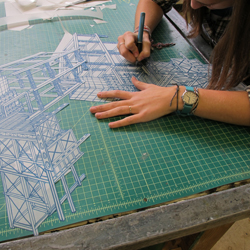
FRIDAY MARCH 20, 10:00-11:30AM
KNOXVILLE CONVENTION CENTER, BALLROOM ABC
Session Chair: Beth Grabowski, The University of North Carolina, Chapel Hill, USA
Email: beth.grabowski@unc.edu
This session will explore the basic structural unit of a course: the assignment. “Lesson Plans” comprises back-to-back Pecha Kucha-style presentations followed by a question/answer session. The session was prompted by several questions: What makes a good assignment and how do we assess its outcomes? How do assignments cultivate a student’s understanding of specific processes and materials while also advancing their theoretical and conceptual development as artists and designers? How do assignments employ readings, demonstrations, and critiques? What other factors make for an effective class project? Panelists respond with reflections on teaching, its intentions, and specific examples of projects they have taught.
Presenter 1: Beth Grabowski, University of North Carolina, Chapel HilL, USA
Paper Title: 13 Take(s) on Trafficking: Artist Books as Agents of Social Change
In this project, students explored the idea of art as an agent of social change. Political art was considered from a variety of perspectives including advocacy, as a vehicle to raise consciousness of problems and promote change, and as a personal response. Indeed, works produced had elements of all of these functions. Students discussed the idea of making art with an overt political motivation and how that differs from work made from other motivating practices such as personal aesthetic or observational traditions. The issue of trafficking is immense in all of its complexity; the scope of this investigation encompassed both sex and labor trafficking. To tackle the topic, students learned from experts in the field, including social services and legal aid workers, an FBI agent and student activists. Readings included documents laying out statistics and survivor’s accounts. The challenge was to fold this understanding in to works of art.
Presenter 2: Melissa Haviland, Ohio University, Athens, OhiO, USA
Paper Title: FUNCTION-A Conceptual Focus as a Format for Teaching
FUNCTION, a foundations course at Ohio University School of Art + Design explores the physical, metaphorical, and cultural significance of art’s function, the relationship of the artist/designer to tools and materials as a vehicle for problem solving, and the many roles of the artist/designer in society. This cross-disciplinary studio art foundations course emphasizes how similar concerns and principles can be applied to a variety of forms, materials, and traditions. Students gain experience and direct knowledge from hands-on exploration through a variety of ways of thinking about and applying function. Haviland will discuss the possibilities of a conceptual focus such as this as a format for teaching by walking the audience through the course—its pace and build, the contemporary issues discussed, the projects, and a few examples of the resulting artwork.
Presenter 3: Cassandra Hooper, Purchase College, SUNY, Purchase, New York
Paper Title: Quad Project
The inherent slowness of printmaking lends itself to challenging thematic problems that require research, editing, and ultimately, refinement. In this project, each student is given a random word that will become the subject of intensive study and discovery though objective and subjective investigation. Students must look for any possible meanings, maps, signposts, chronologies, contexts, and narratives that the word might hold. They will express a focused aspect of their word to create four multi-layered, screen printed panels that are interesting as individual compositions and in the quad grouping. Goals for the project are to teach the student to explore techniques of layering, transparency, color and scale using text, symbol, graphic mark and photographic imagery. Students will develop and sharpen their screen-printing skills and learn to utilize appropriate software and hardware for working with raster or vector images as well as methods for creating film positives and digital halftones.
Presenter 4: Andrew Kozlowski, Auburn University, Auburn, Alabama
Paper Title: Sketchbook as Textbook, Teaching Students How to Think
At Auburn, like many programs, the first opportunity for students to immerse themselves in a printmaking course starts at the sophomore level with the majority of students enrolled as juniors and seniors. During my process of designing courses and assignments the questions continually raised are: what can I offer students beyond a technical understanding of a process, how can printmaking inform a student’s ideas and guide them towards independence, and how can I impart depth in an area where breadth comes naturally? As simple as it might seem, in my classroom emphasizing the sketchbook as a tool to archive experiences throughout a course has become a revelation. With this paper I hope to show how engaging students in the process of sketchbooking can transcend an individual project or course and become a lifelong engagement with identifying and working with the creative process.
Presenter 4: Christine Medley, Marywood University in Scranton, PA
Paper Title: Printmaking for the Graphic Designer
Teaching design students letterpress, screenprinting, linocut, paper making and basic book binding informs their style, changes their creative process and gives them new insight to production methods. It is second nature for designers to integrate their computer skills and design knowledge into printmaking processes which broadens their approach to a project. The specific project is to design a two-color (minimum) broadside/poster in the style of Hatch Show Print using any of the printmaking process they had learned up to that point in the class. This includes linocut, screen print, and letterpress. The outcomes were amazing and their enthusiasm for the projects was exciting. Their work and the way they worked, broadened and changed as demonstrated in their final works
Presenter 5: Troy Richardson, University of Delaware, Wilmington, Delaware
Paper Title: We’re Not #1: Foam Fingers, Pop Culture Production, and Teaching Screen Print
Richardson provides a narrative of his Foam Finger project from its introduction to critique. The project concept assumes the premise that asking “why” from the beginning and continuously throughout a project helps students develop ideas in tandem with learning process. The project began with an interest in demonstrating the ubiquity of print in our culture. The foam finger provided a challenging structure to explore this idea. The medium of screen print added conceptual relevance by mimicking commercial print production. The structure and medium also provided connections to pop culture, Pop Art and work motivated by political agendas, including questions of labor and production. These areas of research were intended to provide multiple perspectives on which students built their ideas. While the project was by no means perfect, it hopefully will provide a catalyst for discussion with others who have an interest in developing more effective means of educating future printmakers.
